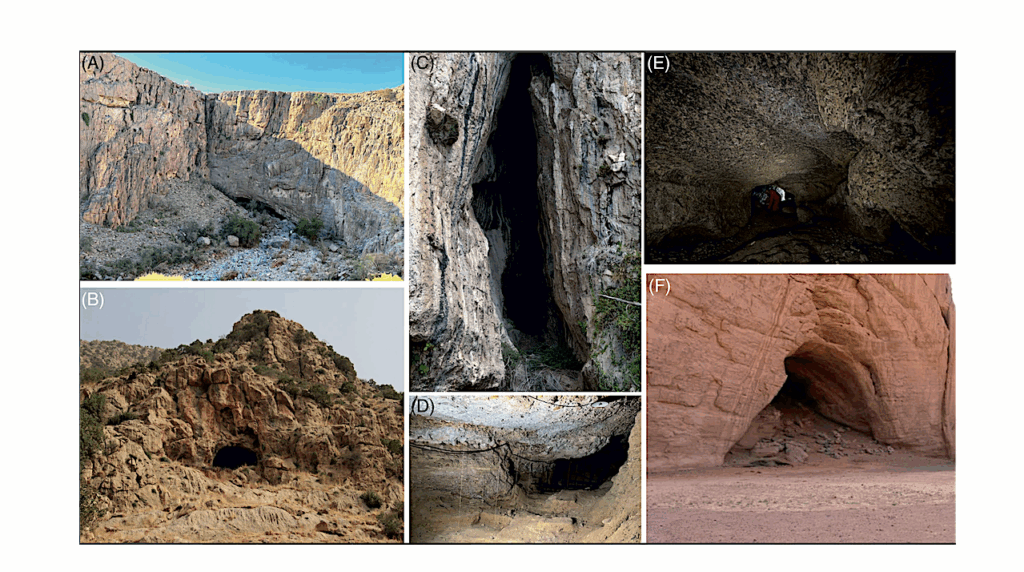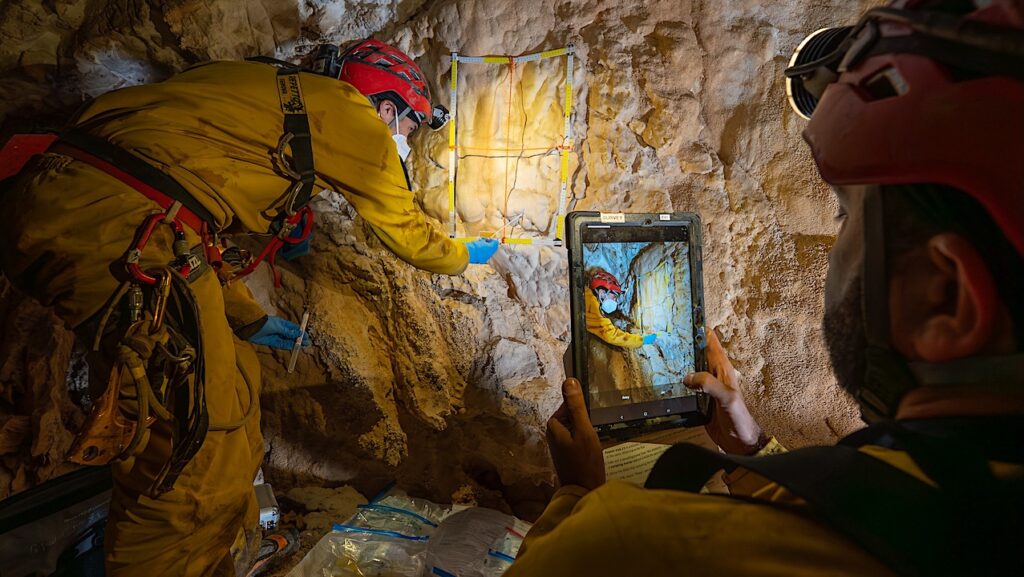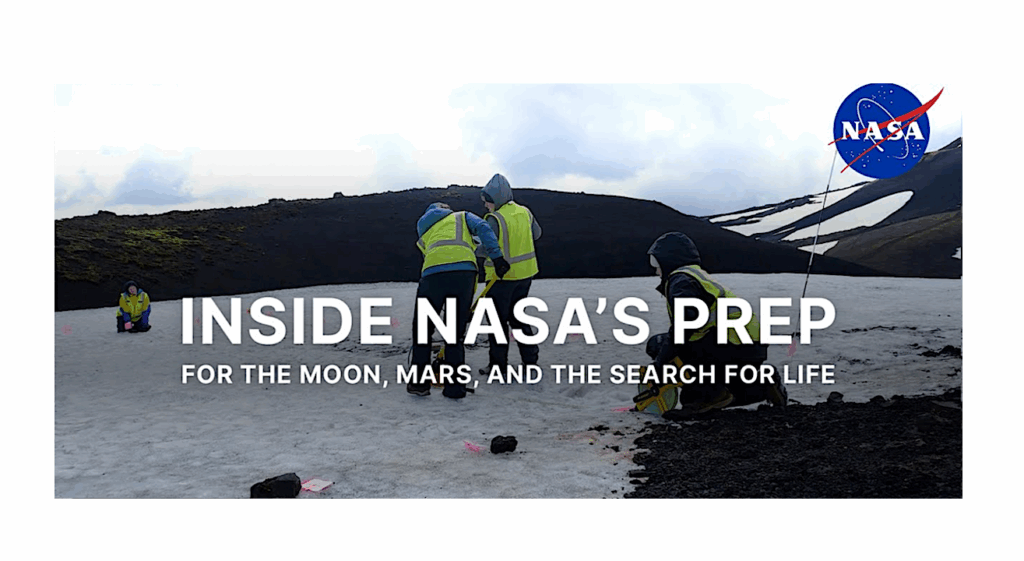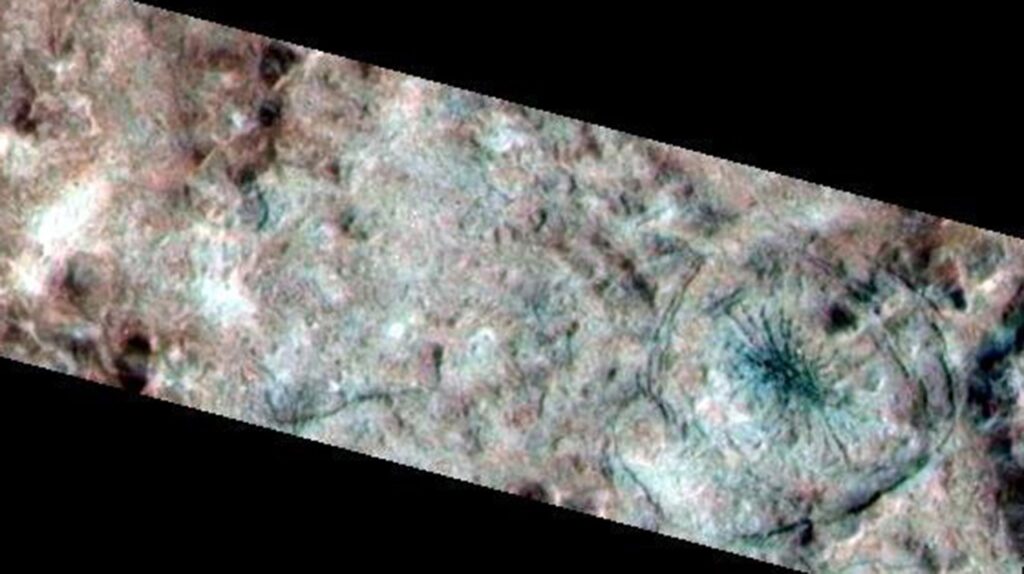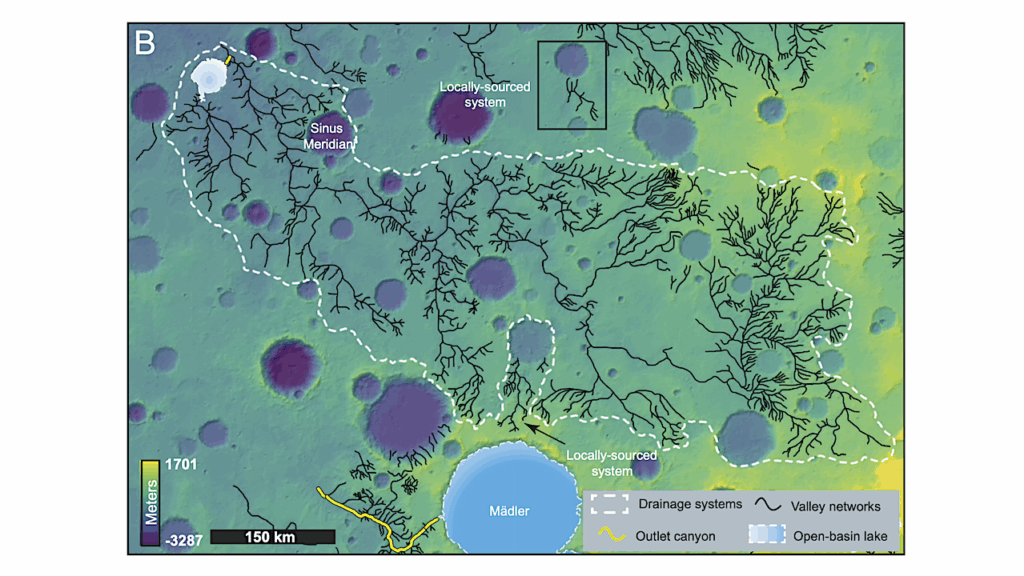Metagenome-assembled Genomes From Monte Cristo Cave (Diamantina, Brazil) Reveal Prokaryotic Lineages As Functional Models For Life On Mars

Although several studies have explored microbial communities in different terrestrial subsurface ecosystems, little is known about the diversity of their metabolic processes and survival strategies.
The advance of bioinformatic tools is allowing the description of novel and not-yet cultivated microbial lineages in different ecosystems, due to the genome reconstruction approach from metagenomic data. The recovery of genomes has the potential of revealing novel lifestyles, metabolic processes and ecological roles of microorganisms, mainly in ecosystems that are largely unknown, and in which cultivation could be not viable.
In this study, through shotgun metagenomic data, it was possible to reconstruct several genomes of cultivated and not-yet cultivated prokaryotic lineages from a quartzite cave, located in Minas Gerais state, Brazil, which showed to possess a high diversity of genes involved with different biogeochemical cycles, including reductive and oxidative pathways related to carbon, sulfur, nitrogen and iron. Tree genomes were selected, assigned as Truepera sp., Ca. Methylomirabilis sp. and Ca. Koribacter sp. based on their lifestyles (radiation resistance, anaerobic methane oxidation and potential iron oxidation) for pangenomic analysis, which exhibited genes involved with different DNA repair strategies, starvation and stress response. Since these groups have few reference genomes deposited in databases, our study adds important genomic information about these lineages.
The combination of techniques applied in this study allowed us to unveil the potential relationships between microbial genomes and their ecological processes with the cave mineralogy, as well as to discuss their implications for the search for extant lifeforms outside our planet, in silica- and iron-rich environments, especially on Mars.
ORCID ProfileAmanda G. Bendia, Flavia Callefo, Maicon N. Araújo, Evelyn Sanchez, Verônica C. Teixeira, Alessandra Vasconcelos, Gislaine Battilani, Vivian H. Pellizari, Fabio Rodrigues, Douglas Galante
doi: https://doi.org/10.1101/2020.07.02.185041
Full Paper

Description physicochemical parameters and mineralogy of samples from Monte Cristo cave, the prevalent microbial genomes, and the number of reads obtained from shotgun metagenomics. The elemental concentrations are expressed in values of ppm (mg/kg or mg/L) related to each 1g of solubilized sample.
Astrobiology, Genomics,


